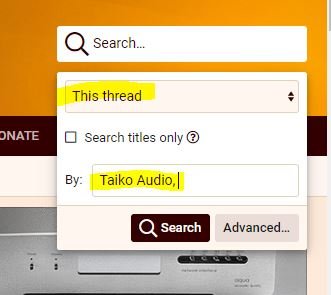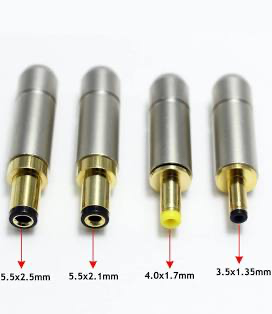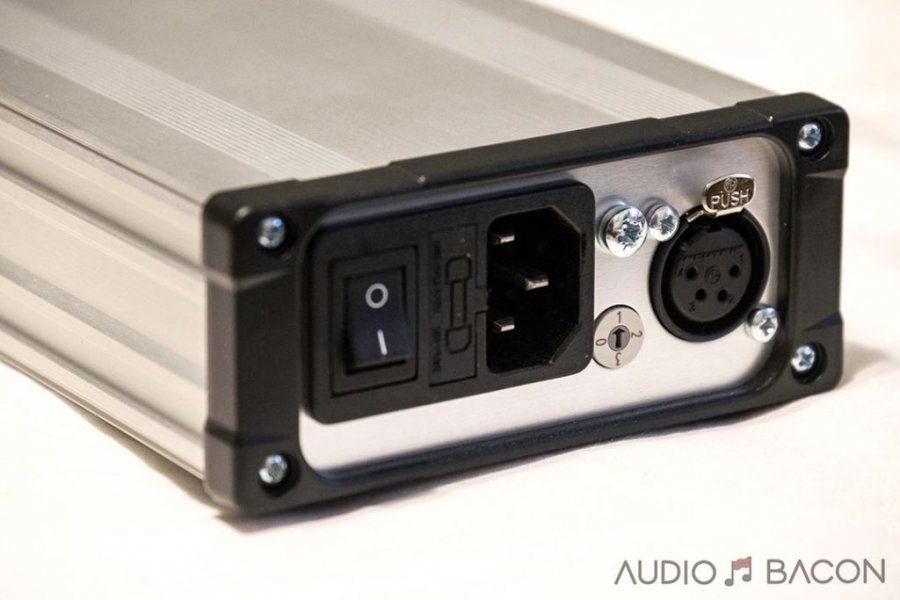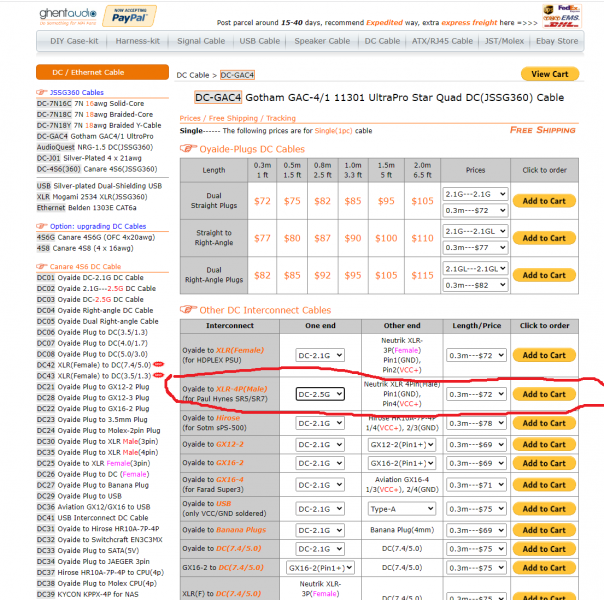Why did we end up designing both a switch and a router?
I'm attempting to write this in as non technical language as I can but please let me know if it still reads like total gibberish (as in understandable, not gibberish as in you don't believe any of this has anything to do with sound quality).
First off all, after years of trying and experimenting we have not found a single solution leading to full immunization to the influence of networking on sound quality. This network is an active components in your home. A perhaps shocking discovery is that your home network can even influence your analogue playback chain. Every component of your network exerts a degree of influence, ranging from very minor to mayor. What this simply means is that when you introduce any type of streaming digital source into your system (and even when you don't) and you care about sound quality, you should absolutely look at the whole picture, including every single component and piece of wire, not identical to but similar as to how you look at for example your power utility setup, where the utility breaker box, fuses and all bits of wire make a difference.
A
router is like the airport / main distribution center of your network, it performs customs clearance on international packages, checks for illegal content, sorts and transports all packages to where they should arrive in a timely and organised fashion. It should have plenty of capacity to ensure everything runs smooth and in a timely fashion, good management and quality control departments.
A
switch is like your local post office / distribution center, it needs a well maintained road system and a fleet of delivery trucks with good suspension so packages arrive undamaged at their final destination even when encountering a few bumps in the road and last but not least well mannered delivery guys.
In audiophile language, using the earlier mentioned power utility setup analogy your house
mains utility distribution box would be the
router, your
in-wall wiring would be the
ethernet cable running from the router, your local system
power strip or power conditioner would be the
switch and your
power cord would be your
ethernet cable. Perhaps unsurprisingly their
respective degrees of influence on sound quality are very similar. The
router being the
mains utility distribution box in this example can furthermore be enhanced with things like power regeneration, cleaning, stabilization etc.
From this point on it's going to get unavoidably more technical as I'm now going to share a photo of a 3D print of the switch PCB which will reveal that the switch employs 2 SFP ports exclusively. Small form-factor pluggable, or SFP, devices enable the switch to connect to fiber and Ethernet cables of different types and speeds by using SFP modules which are available in both copper, RJ45 and fiber versions.
View attachment 101140
For clarity / comparative reasons a repost of the router PCB photo:
View attachment 101141
And a photo of a fiber and a copper SFP module:
View attachment 101142















